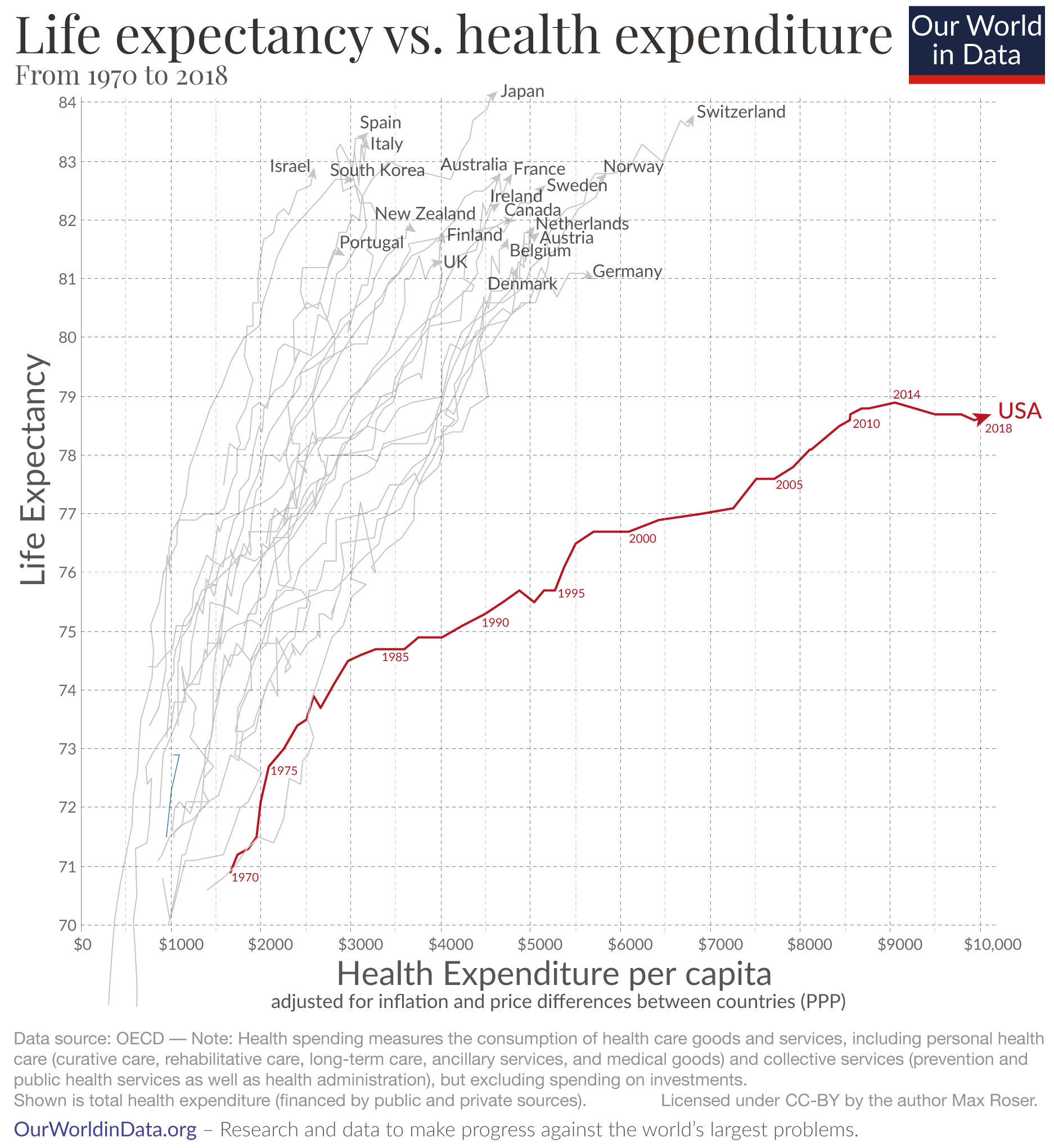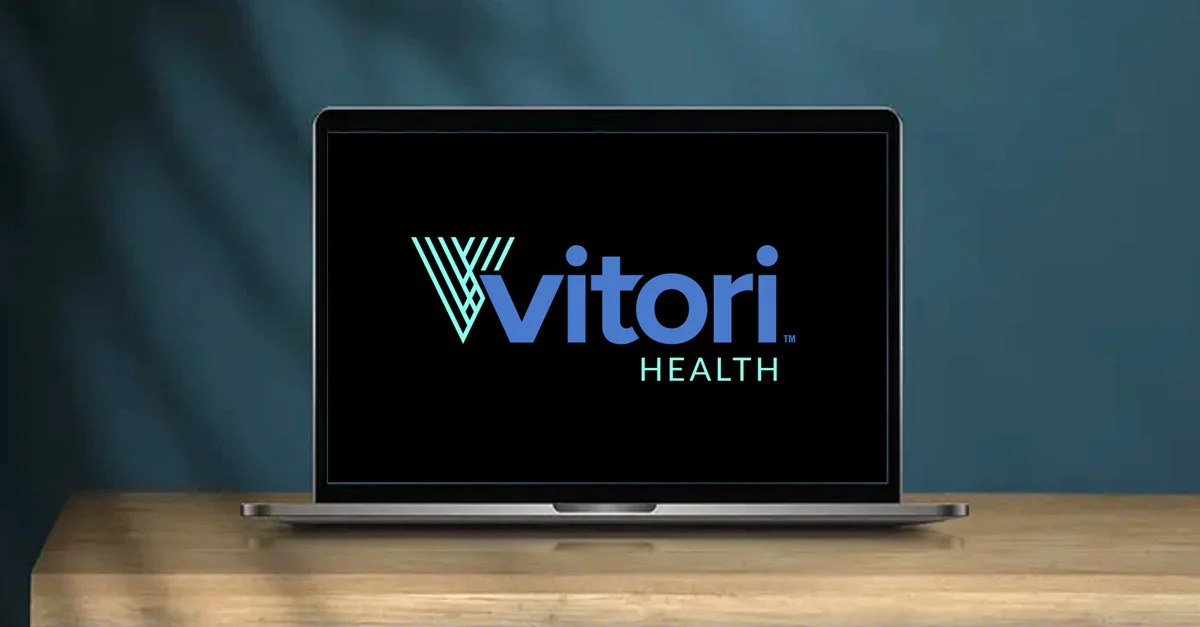2 minIn the early days of COVID, America’s nurses were rightly celebrated as heroes. Many nurses had hoped that such long overdue recognition might lead to needed reforms, but that optimism seems to have faded. In fact, nurses are leaving hospitals in droves. Some are even abandoning the profession.
The convenient explanation for this phenomenon is that we’re beginning another year of the pandemic and its attendant stresses – physical, mental, and emotional. In truth, COVID has simply revealed what nurses have known all along — that the root cause of the nursing crisis is chronic understaffing by profit-driven hospitals.
What Nursing Shortage?
This opinion video from The New York Times reveals that rigid and unrealistic staff-to-patient ratios, especially in critical care units, are to blame for the current crisis. To maximize profits, hospitals have intentionally understaffed nurses for decades, long before the pandemic. There are actually more licensed nurses in the country now than ever before. It’s just that hospitals aren’t hiring them and they’re not willing to work at the bedside under these conditions.
In addition to the devastating impact on health care workers, patients often pay the ultimate price for corporate greed. The chances of dying increase by 7% with every additional patient assigned to an individual nurse. As one nurse eloquently put it, “If you push me past my limit, past my capacity for being able to multitask, something’s going to get missed. And when I say something, I’m talking about your mother. I’m talking about your father. I’m talking about your husband and your wife.”
Follow the Money
A provocative video from PBS | Amanpour and Company exposes the practice of hiring travel nurses to temporarily boost hospital staffing during this crisis. While this helps ease staffing burdens, it also creates discontent because travel nurses are paid up to three times more than resident staff.
The traveling nurse featured in this video insists we need full financial disclosure from hospitals regarding where the money is going. “They say that they will not pay nurses and doctors more because they can’t afford it. Yet they still keep giving million dollar bonuses for their CEOs every year. So how exactly is the money being distributed? If it’s not being distributed to the heart of the hospital, which is doctors, nurses, and patients, where is that money going?”
Staff-to-Patient Ratios are Key
Nursing professionals agree that regulating staff-to-patient ratios is key to improving patient safety, protecting burned out health care workers, and retaining skilled and experienced nurses. California put such a law in place in 2004 with positive results, but it has been an uphill journey elsewhere. A recent initiative in Massachusetts was defeated thanks to a $25 million misinformation campaign funded by the hospital lobby, but laws are currently under consideration in Illinois and Pennsylvania.
Hospitals and the for-profit health care industry need to start respecting the expertise of our nursing professionals. These laws could save patient lives and create a more just work environment for a vulnerable generation of nurses, the ones we pledged to honor and protect at the start of the pandemic.














